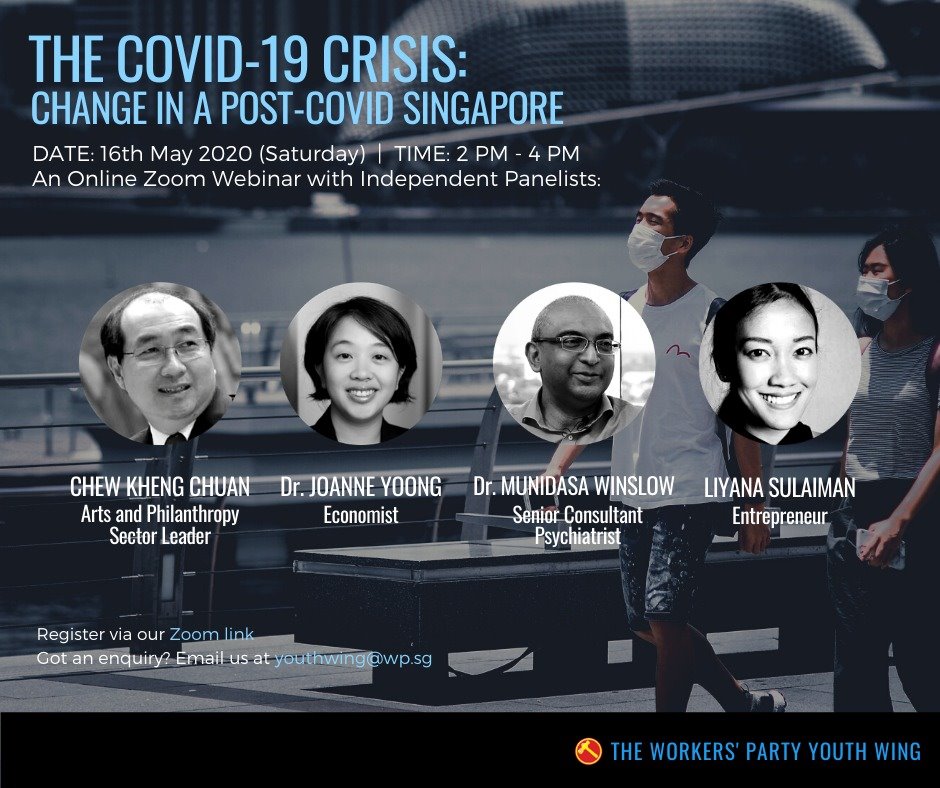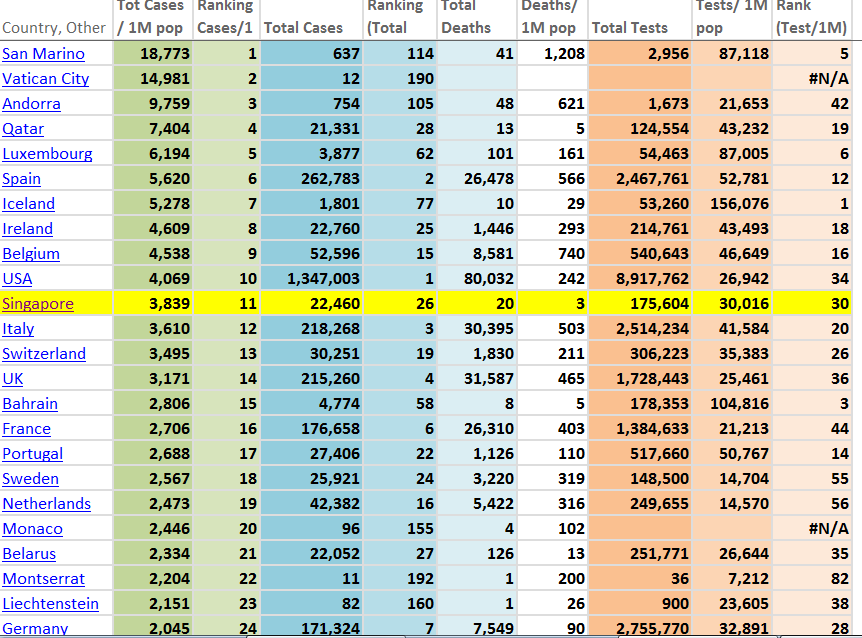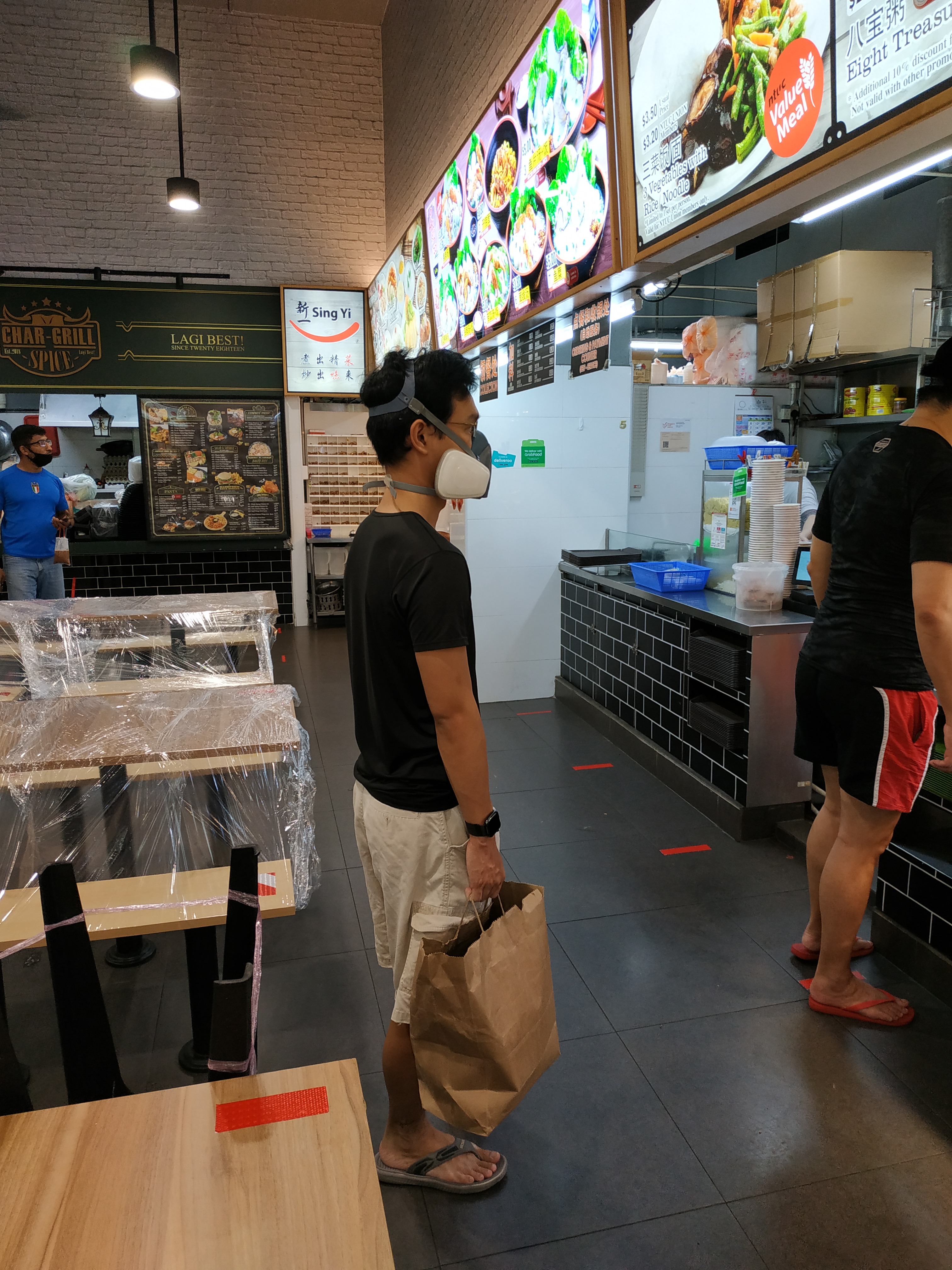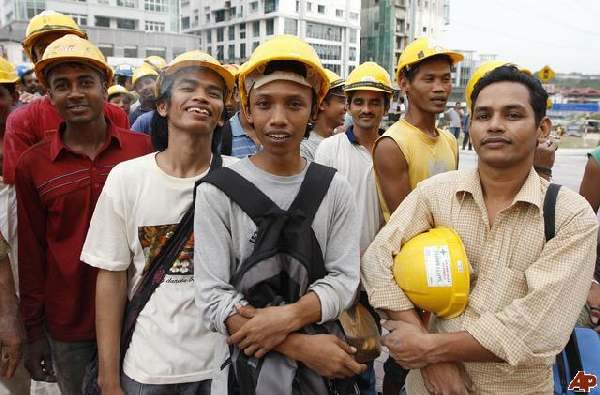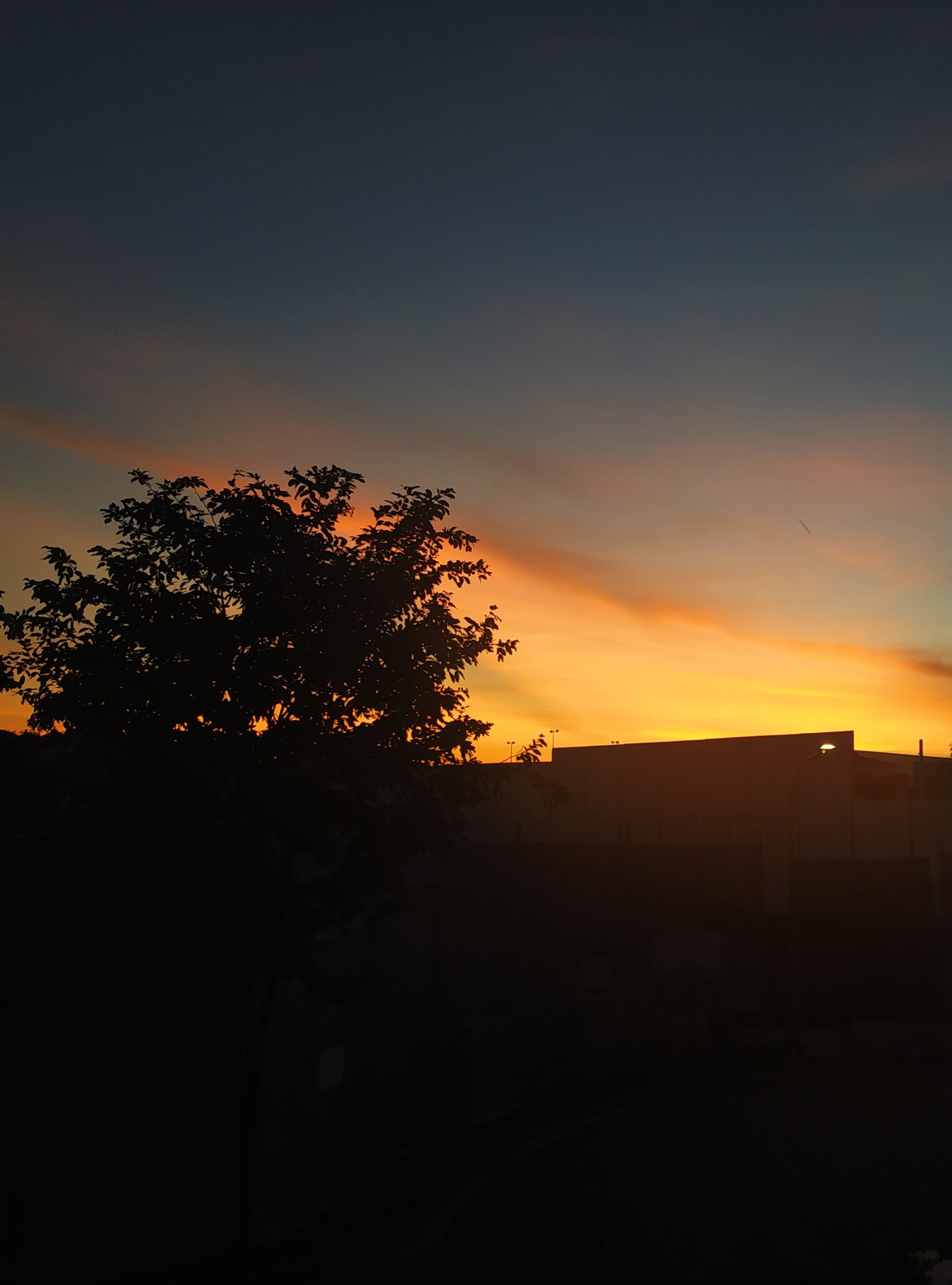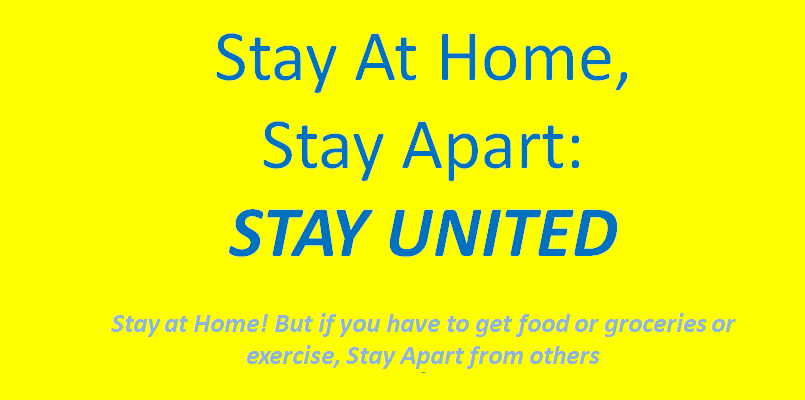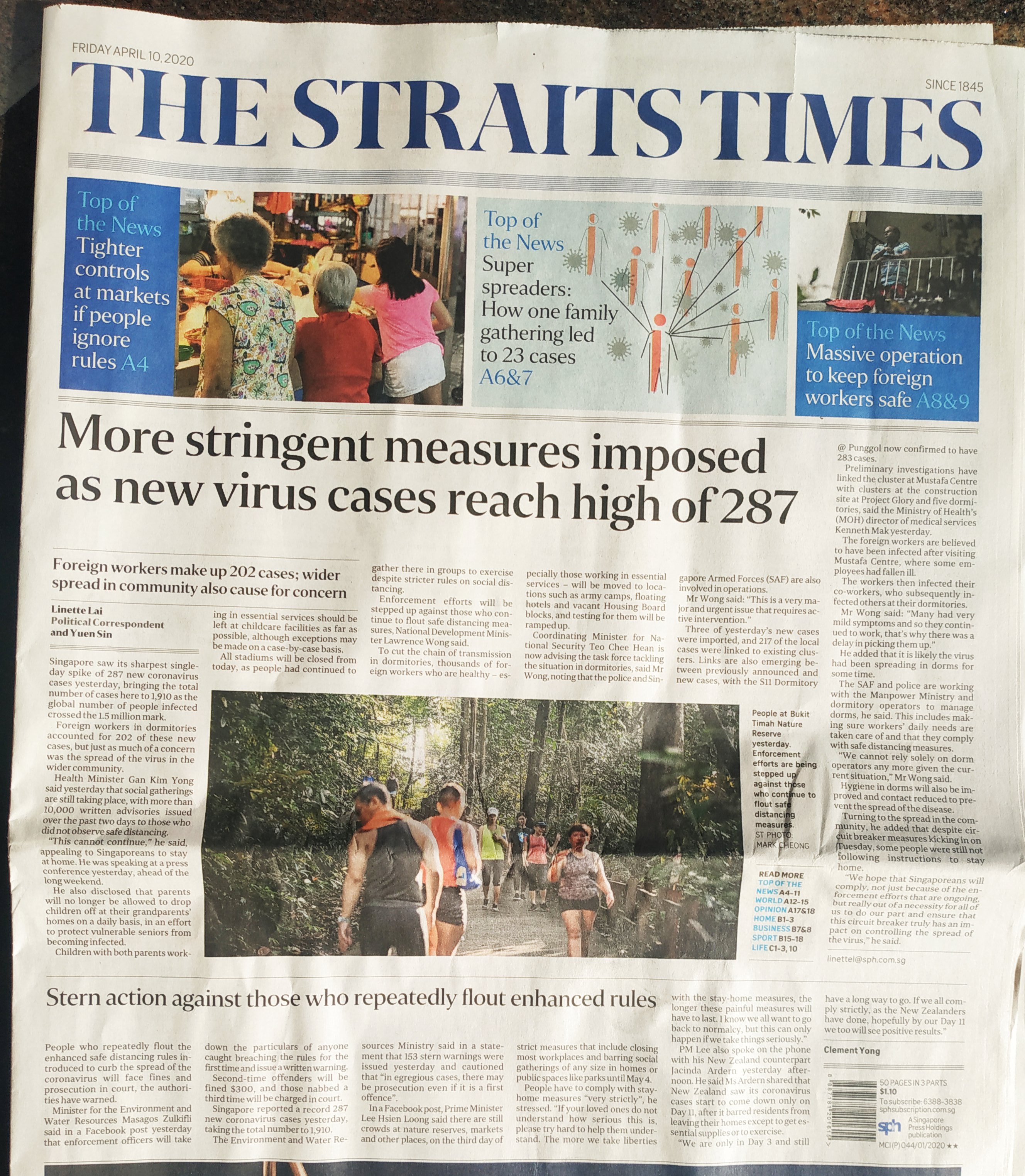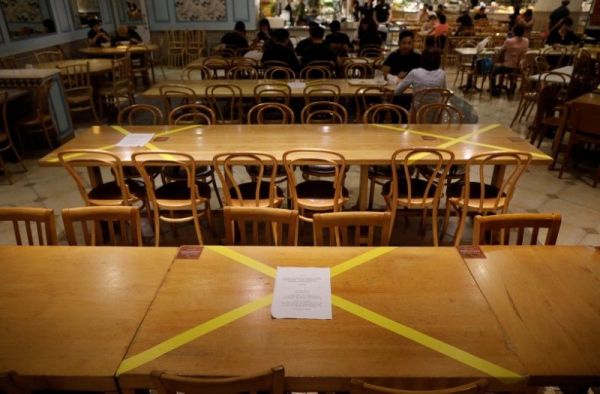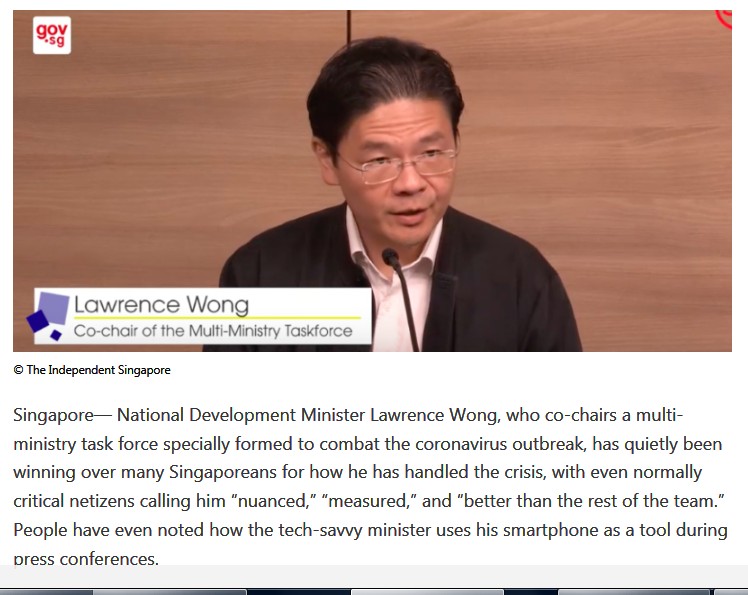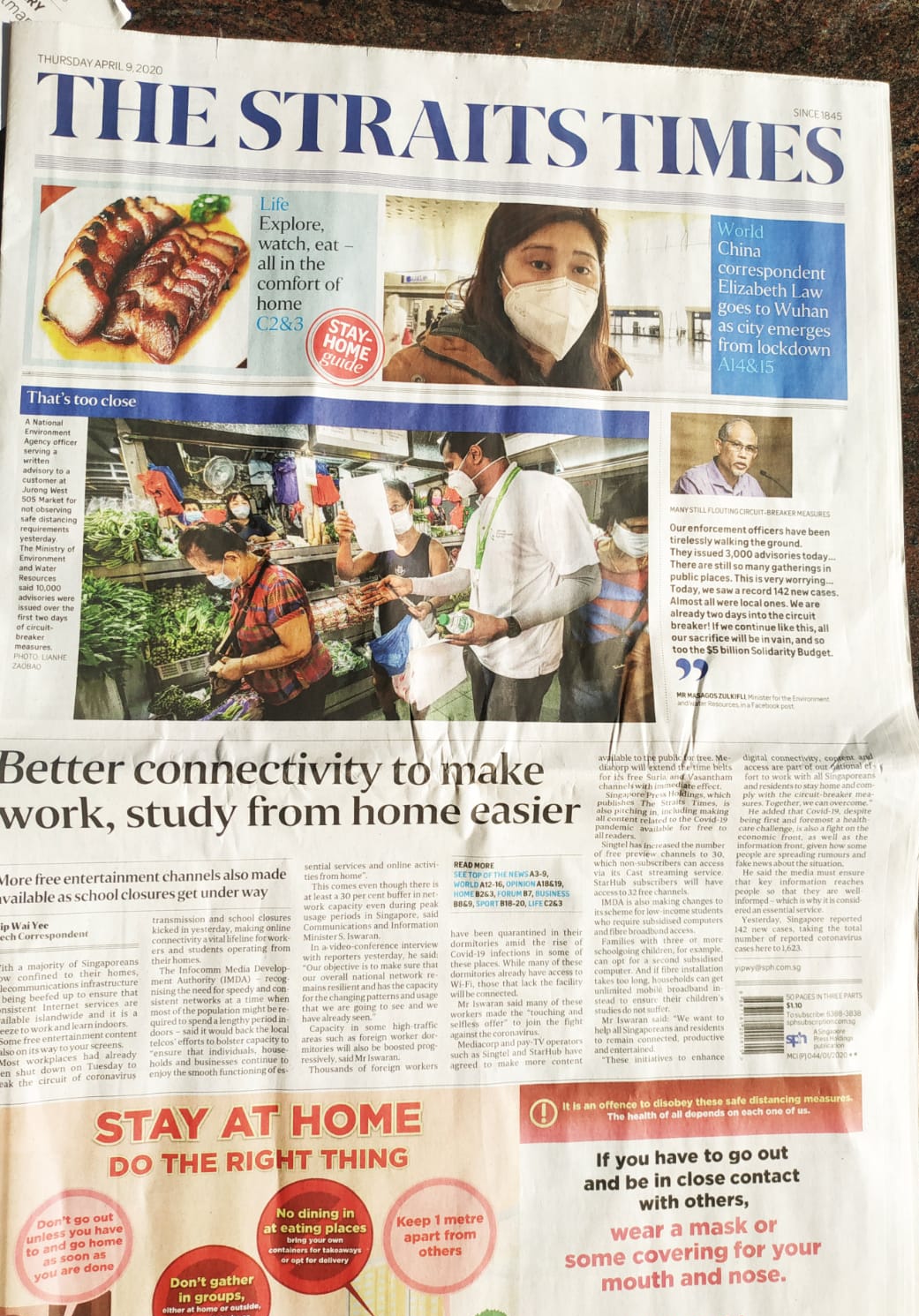
Where’s the real news?
One would have thought that for Singaporeans the most important news of the last 24 hours is the country breaking another record of new coronavirus cases (142). Yet The Straits Times chose to downplay this frightening news. , As an ex-journalist and a media researcher, I find this quite befuddling — and disturbing.
The news about Singapore’s worst day of the crisis so far was not on the front page of the print edition I got this morning. Instead the editors chose as the lead article the good news of “Better connectivity to make work, study from home easier.”
Not only was the bad news not the lead article, it was not even mentioned of it all in any of the “blurbs” on the front page meant to alert readers to what the newspaper considered the other key news inside the newspaper.
Similarly, the Straits Times website also buried the news on its webpage. It was not on it’s Global page (which is the landing page for most people when the visit the website), and only the second item on its Singapore page.
What is happening here? Good editors will have slightly different news judgement about what deserves top billing every day, but the utter lack of piority given to the new record surely cannot be due to that – unless the news judgement of The Straits Times’ editors is really poor, which I don’t think is the case.
Instead, the decision to play down this news could be political rather journalistic. There are two ways this could happen.
First, it could be done on instructions direct or otherwise from the government. This instance was probably not what happened. We can tell this by comparing The Straits Times coverage with that of Channel News Asia, which put the news as its top item. It wouldn’t have if it had also have received the same instructions. I also believe that the government has decided that as far as the coronavirus is concerned it should be open and transparent.
Second, it could be that The Straits Times’ editors chose on their own accord to “protect” the government by hiding as much as they could bad news from readers. Perhaps the editors have the impending general election at the back of their minds. Perhaps they were second guessing what would please the government. A famous example of The Straits Times trying to “help” its political masters (but embarrassing them instead) is editing out in its first report of PM Lee Hsien Loong’s famous words about “fixing the opposition” in a 2008 2006 election rally.
Whatever the reason for its present journalistic lapse, the reason The Straits Times’ decision is disturbing is that the news of the new high is critical to reminding Singaporeans of the dire and probably deteriorating state of the epidemic, and also serving as a further wake-up call for all of us to follow the rules of the “circuit breaker”. Hiding the news, whether intentional or not, performs no national service but does the very exact opposite.
Anyway, as citizens and residents, let’s help ourselves and our fellow citizens and residents by observing the lockdown measures.
P.S. I worked in The Straits Times for 16 years. Here are some of commentaries from that time.
P.P.S. On another matter, I’m quite puzzled by whythe government calls it a “circuit breaker” instead of a “lockdown”. The latter communicates the seriousness of the measures more powerfully then than the former term. As someone told me, “Just call it a lockdown!” But that is another whole story.
P.P.P.S Listen to this powerful speech by German leader Angela Merkel on what each person can do.




